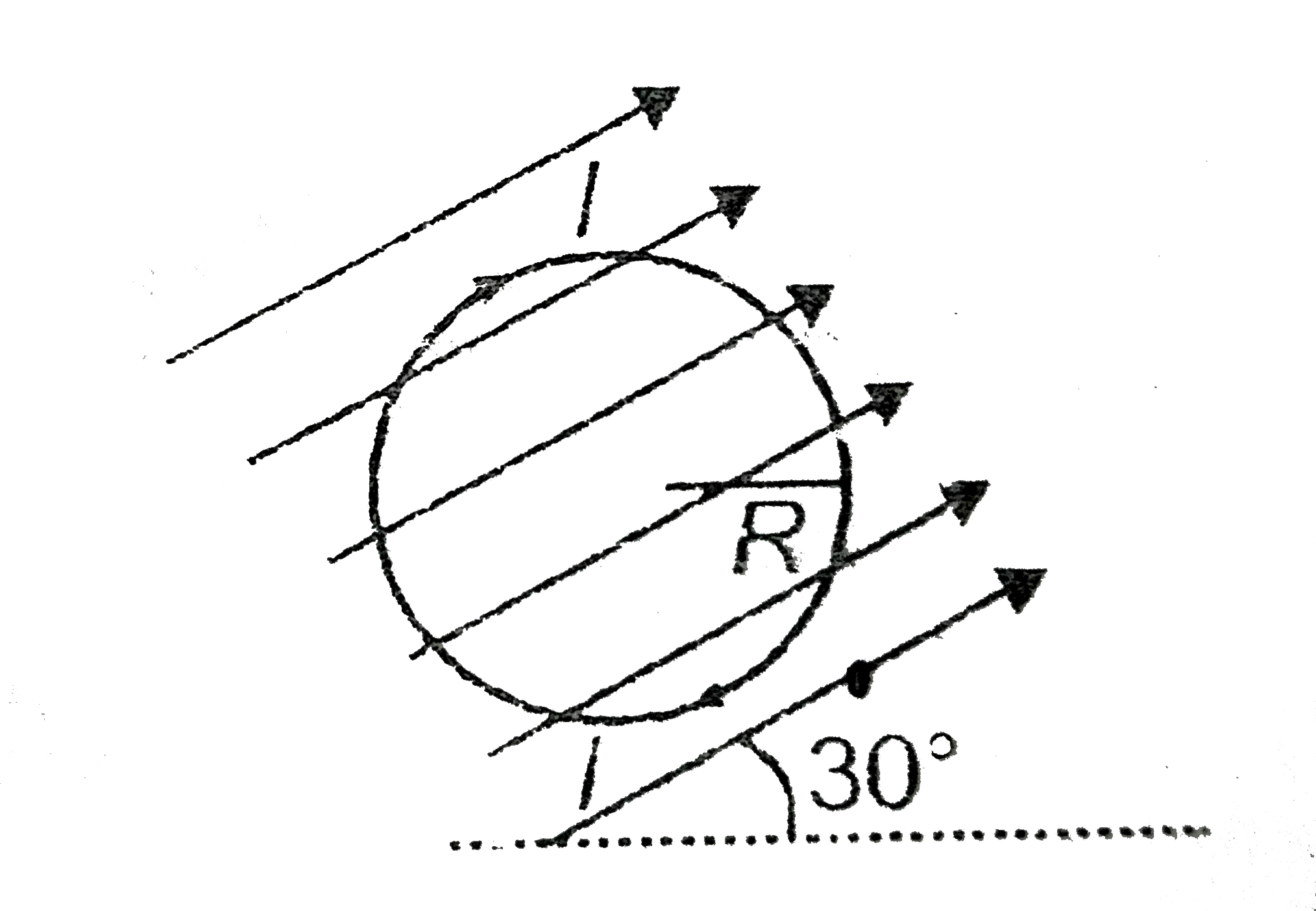Electromagnetic brakes work on the principle of electromagnetic induction. If a metallic disc or a coil is rotating in a uniform magnetic field, it will experience a torque due to induced currents set up in the disc. According to Lenz's law, induced current is in a direction so as to oppose the rotation. Hence a retarding torque is produced. The rotating wheel of a vehicle is connected to a coil placed in a uniform emf is used to charge a battery. Thus kinetic enery of wheel is stored as chemical energy. The drawback of electromagnetic brake is that induced current or retarding torque is directly proportional to speed of rotation. The speed, therefore, decays exponentially and vehicle will take a long time to stop. Thus, mechanical brakes are used simultaneously.
The advantage of electromagnetic brakes is that
It is more effective as instant brakes are applied
It is more economical as it saves energy
It is easier and simple to design
It is based on conservation of energy
The correct Answer is:B
Step by step video, text & image solution for Electromagnetic brakes work on the principle of electromagnetic induction. If a metallic disc or a coil is rotating in a uniform magnetic field, it will experience a torque due to induced currents set up in the disc. According to Lenz's law, induced current is in a direction so as to oppose the rotation. Hence a retarding torque is produced. The rotating wheel of a vehicle is connected to a coil placed in a uniform emf is used to charge a battery. Thus kinetic enery of wheel is stored as chemical energy. The drawback of electromagnetic brake is that induced current or retarding torque is directly proportional to speed of rotation. The speed, therefore, decays exponentially and vehicle will take a long time to stop. Thus, mechanical brakes are used simultaneously. The advantage of electromagnetic brakes is that by Physics experts to help you in doubts & scoring excellent marks in Class 12 exams.
Updated on:21/07/2023Topper's Solved these Questions
- ELECTROMAGNETIC INDUCTIONBOOK - AAKASH INSTITUTECHAPTER - ELECTROMAGNETIC INDUCTIONEXERCISE - Assignment (SECTION - E)
8 Videos
- ELECTROMAGNETIC INDUCTIONBOOK - AAKASH INSTITUTECHAPTER - ELECTROMAGNETIC INDUCTIONEXERCISE - Assignment (SECTION - F)
1 Videos
- ELECTROMAGNETIC INDUCTIONBOOK - AAKASH INSTITUTECHAPTER - ELECTROMAGNETIC INDUCTIONEXERCISE - Assignment (SECTION - C)
4 Videos
- ELECTRIC CHARGES AND FIELDS BOOK - AAKASH INSTITUTECHAPTER - ELECTRIC CHARGES AND FIELDS EXERCISE - SECTION -J(Aakash Challengers Questions)
5 Videos
- ELECTROMAGNETIC WAVESBOOK - AAKASH INSTITUTECHAPTER - ELECTROMAGNETIC WAVESEXERCISE - ASSIGNMENT SECTION - D Assertion-Reason Type Questions
25 Videos
Similar Questions
For a coil rotating in a uniform magnetic field, in which position of the coil is the emf induced in the maximum? What is the magnetic flux through the coil in this position?
View SolutionIf plane of coil and uniform magnetic field B(4T0 is same then torque on the current carrying coil is

View Solution
Knowledge Check
Electromagnetic brakes work on the principle of electromagnetic induction. If a metallic disc or a coil is rotating in a uniform magnetic field, it will experience a torque due to induced currents set up in the disc. According to Lenz's law, induced current is in a direction so as to oppose the rotation. Hence a retarding torque is produced. The rotating wheel of a vehicle is connected to a coil placed in a uniform emf is used to charge a battery. Thus kinetic enery of wheel is stored as chemical energy. The drawback of electromagnetic brake is that induced current or retarding torque is directly proportional to speed of rotation. The speed, therefore, decays exponentially and vehicle will take a long time to stop. Thus, mechanical brakes are used simultaneously.
The working of electromagnetic brakes does not involveALenz's lawBFaradays law of electromagnetic inductionCFrictional forceDDissipation of heatElectromagnetic brakes work on the principle of electromagnetic induction. If a metallic disc or a coil is rotating in a uniform magnetic field, it will experience a torque due to induced currents set up in the disc. According to Lenz's law, induced current is in a direction so as to oppose the rotation. Hence a retarding torque is produced. The rotating wheel of a vehicle is connected to a coil placed in a uniform emf is used to charge a battery. Thus kinetic enery of wheel is stored as chemical energy. The drawback of electromagnetic brake is that induced current or retarding torque is directly proportional to speed of rotation. The speed, therefore, decays exponentially and vehicle will take a long time to stop. Thus, mechanical brakes are used simultaneously.
The main disadvantage of electromagnetic brakes is thatAIt cannot bring the vehicle to a haltBIt has a complicated procedureCIt wastes energy due to induced emfDIt cannot provide a large braking forceAn emf induced in a coil rotating in a uniform magnetic field is given by
Ae=e0sinωtBe0=esinωtCe=sinωtDe=e0sinω
According to Lenz's law of electromagnetic induction
View SolutionIn electromagnetic induction, the induced charge in a coil is independent of
View SolutionA rectangular coil of copper wire is rotated in a magnetic field. The direction of the induced current changes once in each
View SolutionA wire loop is rotated in a uniform magnetic field about an axis perpendicular to the field. The direction of the current induced in the loop reverses in each
View SolutionChoose the correct option:
A rectangular coil of copper wires is rotated in a magnetic field. The direction of the induced current changes once in each:
View Solution
